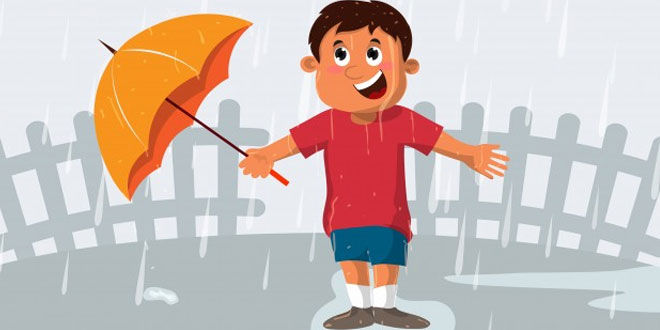Question: What is El Nino?
Answer: El Nino (Spanish pronunciation: is the warm phase of the El Nino Southern Oscillation (commonly called ENSO) and is associated with a band of warm ocean water that develops in the central and east-central equatorial Pacific (between approximately the International Date Line and 120°W), including off the Pacific coast of South America. El Nino Southern Oscillation refers to the cycle of warm and cold temperatures, as measured by sea surface temperature, SST, of the tropical central and eastern Pacific Ocean. El Nino is accompanied by high air pressure in the western Pacific and low air pressure in the eastern Pacific. The cool phase of ENSO is called “La Nina” with SST in the eastern Pacific below average and air pressures high in the eastern and low in western Pacific. The ENSO cycle, both El Nino and La Nina, cause global changes of both temperatures and rainfall.
Developing countries that are dependent upon agriculture and fishing, particularly those bordering the Pacific Ocean, are usually most affected. In American Spanish, the capitalized term “El Nino” refers to “the little boy”, so named because the pool of warm water in the Pacific near South America is often at its warmest around Christmas. The original name, “El Nino de Navidad”, traces its origin centuries back to Peruvian fishermen, who named the weather phenomenon in reference to the newborn Christ. “La Nina”, chosen as the ‘opposite’ of El Nino, literally translates to “the little girl”.
Question: What is Southern Oscillation?
Answer: Southern Oscillation: climatology -a periodic seesaw fluctuation in sea-level atmospheric pressures over the southern Pacific and Indian oceans that is believed to be linked to El Nino and La Nina events — compare arctic oscillation, north Atlantic oscillation.
Question: Differentiate blow climate and weather.
Answer:
- Climate: Climate refers to the sum total of weather conditions and variations over a large area for along period of time (more than thirty years).
- Weather: Weather refers to the state of the atmosphere over an area at any point of time.
Question: What are the controls affecting the climate of India?
Answer: There are six major controls of the climate of any place. They are:
- Latitude
- Altitude
- Pressure and wind system
- Distance from the sea (continentality)
- Ocean currents
- Relief-features
Question: “Despite an overall unity in the general pattern of climate of India,there are perceptible regional variations in climatic conditions within the country.” Justify.
or
“India has diverse climatic conditions” Support this statement by giving examples, each of temperature and precipitation.
Answer:
- The mercury occasionally touches 50°C in the western deserts, and it drops down to as low as -45°C in winter around Leh.
- The annual precipitation is less than 10 cm in the north-west Himalayas and the western desert. It exceeds 400 cm in Meghalaya.
- Most parts of the country receive rainfall from June to September, but some parts like the Tamil Nadu coast get most of its rain during October and November.
 Class Notes NCERT Solutions for CBSE Students
Class Notes NCERT Solutions for CBSE Students



